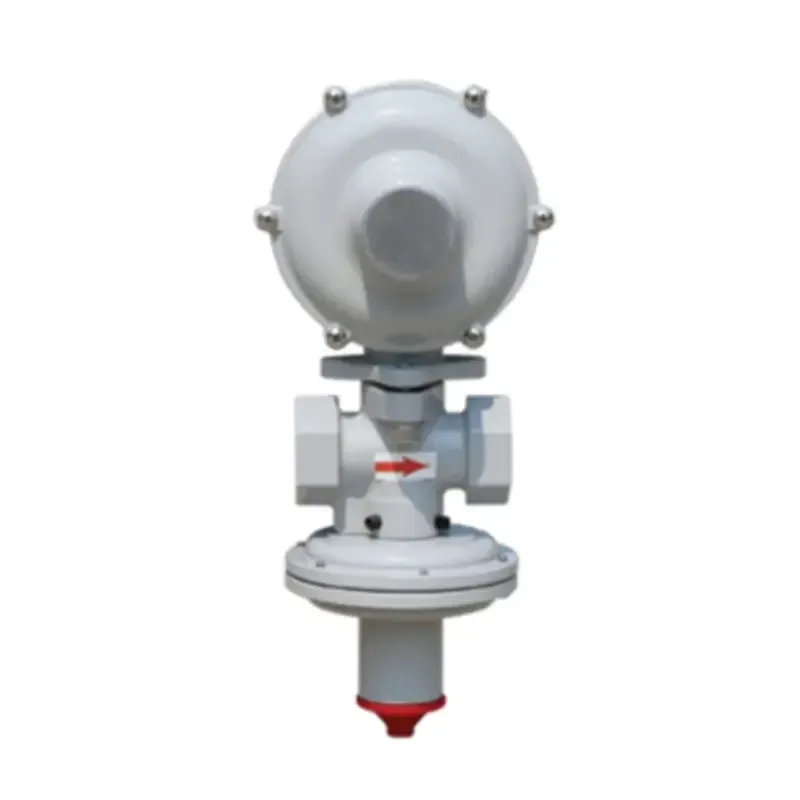
Dec . 20, 2024 08:39
Back to list
صمام تخفيض ضغط الغاز الطبيعي
Natural Gas Pressure Reduction Valves A Critical Component in Gas Distribution Systems
Natural gas is a vital energy source that powers homes, businesses, and industries around the world. To ensure its safe and efficient delivery to consumers, various components are integrated into the natural gas distribution system. One of the most critical components is the pressure reduction valve (PRV), which plays a fundamental role in managing gas pressure throughout the network. This article explores the functions, importance, and operational principles of natural gas pressure reduction valves.
Understanding Pressure Reduction Valves
Pressure reduction valves are devices designed to control the pressure of natural gas as it travels through pipelines from transmission systems to end-users. The high pressure in transmission pipelines, often exceeding 500 psi (pounds per square inch), must be significantly lowered before it can be safely utilized in residential and commercial applications, where the pressure typically ranges from 0.25 to 60 psi.
The primary function of a PRV is to maintain a consistent outlet pressure regardless of fluctuations in upstream pressure. This ensures that consumers receive a stable supply of gas, which is essential for the safe operation of appliances and equipment.
Importance of Pressure Reduction Valves
.
2. Efficiency PRVs ensure that the gas supply system operates at optimal pressures, enhancing the overall efficiency of gas delivery. This contributes to reduced losses in the distribution network and ultimately benefits consumers by lowering operational costs.
صمام تخفيض ضغط الغاز الطبيعي

3. Protection of Equipment Many appliances and industrial equipment are designed to operate within specific pressure ranges. PRVs protect these devices from damage caused by overpressure, prolonging their lifespan and ensuring their efficient operation.
4. Regulatory Compliance Gas distribution companies must adhere to strict regulatory standards regarding pressure limits. Using PRVs helps these companies comply with safety and environmental regulations by controlling the pressure throughout the distribution system.
How Pressure Reduction Valves Operate
Pressure reduction valves typically operate using a combination of mechanical components, including a diaphragm, spring, and valve seat. As natural gas enters the PRV, it pushes against the diaphragm. This force must overcome the tension of the spring, which is calibrated to a specific outlet pressure setting.
When the upstream pressure increases, it causes the diaphragm to move, thereby adjusting the valve opening to allow more gas to flow through. Conversely, if the upstream pressure drops, the spring pushes the diaphragm back, reducing the flow and stabilizing the outlet pressure. This dynamic response mechanism allows PRVs to maintain consistent pressure efficiently and effectively.
Conclusion
Natural gas pressure reduction valves are essential components of the gas distribution system, serving critical functions related to safety, efficiency, and equipment protection. By managing the pressure of natural gas from high-pressure transmission systems to lower-pressure distribution networks, PRVs ensure that consumers receive a reliable and safe energy source. As technology continues to advance, the design and efficiency of pressure reduction valves will likely improve, further enhancing the safety and reliability of natural gas delivery systems. Investing in high-quality PRVs is crucial for gas distribution companies, as it directly impacts service quality and compliance with essential safety regulations.
Latest news
-
Safety Valve Spring-Loaded Design Overpressure ProtectionNewsJul.25,2025
-
Precision Voltage Regulator AC5 Accuracy Grade PerformanceNewsJul.25,2025
-
Natural Gas Pressure Regulating Skid Industrial Pipeline ApplicationsNewsJul.25,2025
-
Natural Gas Filter Stainless Steel Mesh Element DesignNewsJul.25,2025
-
Gas Pressure Regulator Valve Direct-Acting Spring-Loaded DesignNewsJul.25,2025
-
Decompression Equipment Multi-Stage Heat Exchange System DesignNewsJul.25,2025

